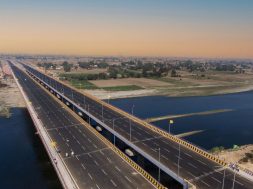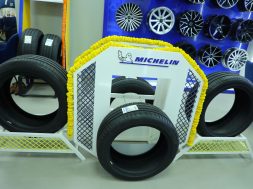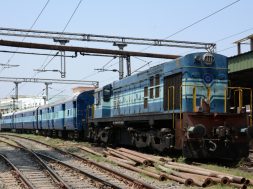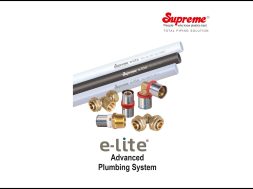Mechanisation in construction
Mechanisation in Indian construction started in 1980’s with the use of prefab and precast system of construction mainly for constructing bridges and big industrial buildings. However, mechanisation got a big boost with ready-mix concrete (RMC) in late 1990’s.
Although RMC was much more expensive than regular site-mix at that time but it offered following advantages to the construction companies:• Consistent and assured quality which is not possible manually• Very high capacity output• Labour involvement reduced to 20 per cent• Much lower space and inventory required at site• Very easy site management.
With the additional use of concrete pumps and boom placer, the labour involvement was further reduce by a half and sped up the construction process drastically
Over the last two decades, golden era in Indian construction, the mechanisation has further increased with the use of following:• Precast systems for both building and infrastructure• Prefab systems: Steel and insulated panel buildings• Aluminium or plastic formwork for walls and floor• Lifting, handling systems and access platforms• Automatic steel (rebars) cutting and bending• Welded meshes and cages.
Mechanisation in construction has also increased the income of workers in those fields. Average RMC plant operator earns ` 500 per day as compared for ` 250-350 for a regular worker.
One area that still remains manual and a headache for construction companies is plaster work for buildings. Highly labour-intensive and skill-based job, for the bigger building projects of today, it is a big challenge and requires many managers and supervisors to manage large number of workers on site.
The solution for plaster as was for concrete is pre-mix plasters. Now available in India are both sand-cement pre-mix and gypsum in bags. It provides following advantages to construction companies:• Consistent and assured quality of plasters – not possible manually• No Sieving or Mixing required on site• Labour involvement reduced to 10 per cent – only bag handling workers required• Much reduced space required at sites• No more dependence on sand mafia• Able to cover more area in lesser time and material and with lesser people.
By using spray machines, such as Koine 4 of Imer International, Italy the benefits increase multi-fold:• One mason does the job of 5 – reduced dependence on contractors• Bags lifted to just one spot on a floor and pumped from there by machine – reduced handling• Better compression due to spray action – higher wall quality and long life• Metered water addition, Consistency in application and many more.
Koine 4 has elicited very good response from construction managers and material producers across India. It is very easy to use, maintain, comes with all accessories included and can work with variety of materials.
It is time for the construction managers come out of the plaster woos and spend their time on more important jobs. Now the solution like spray pre-mix plasters are already available in the market.
(With inputs from Plaksa Technology)
28
Cookie Consent
We use cookies to personalize your experience. By continuing to visit this website you agree to our Terms & Conditions, Privacy Policy and Cookie Policy.









